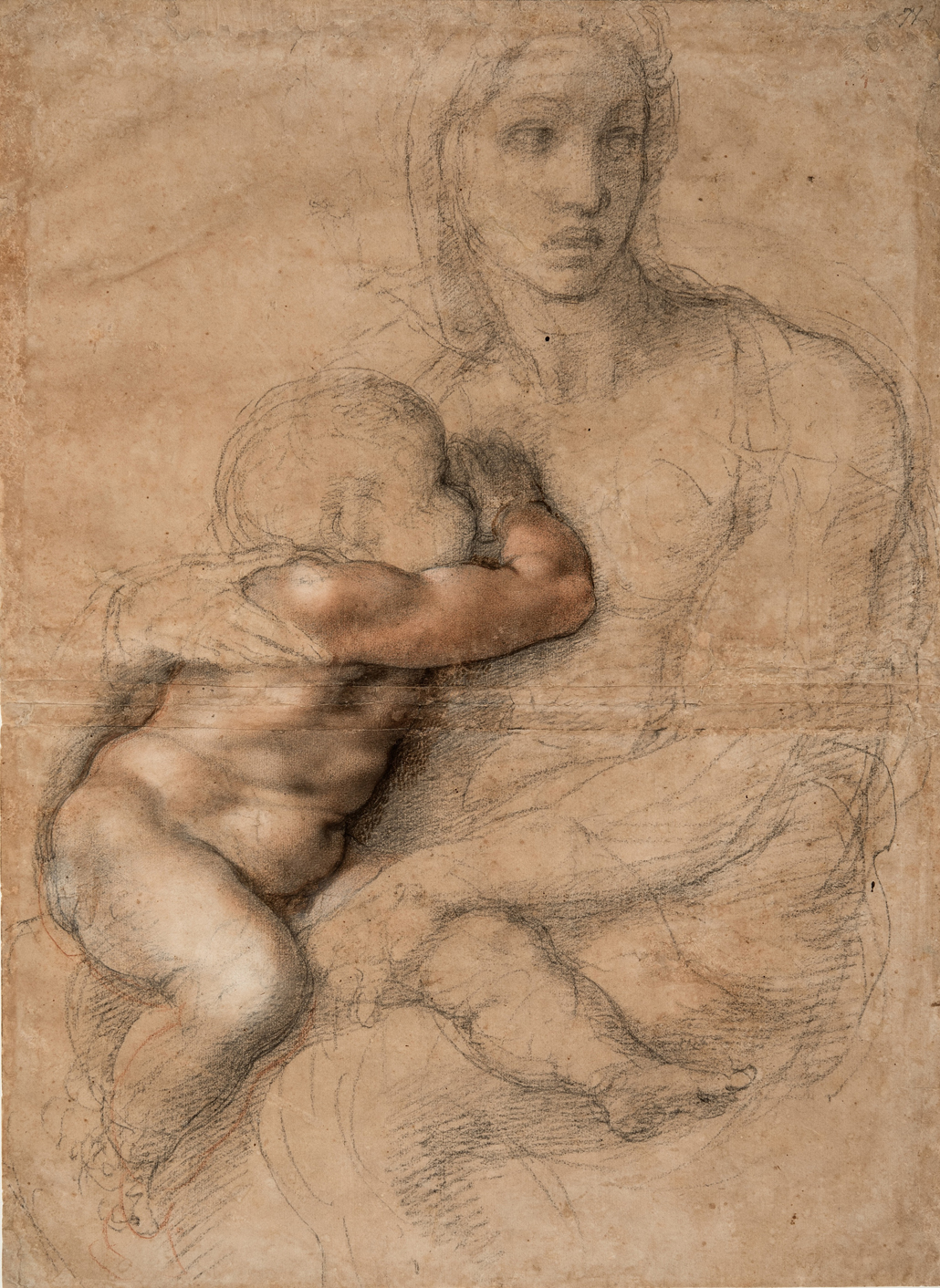Blog # 4
https://www.rd.com/wp-content/uploads/sites/2/2016/01/01-statue-of-liberty-facts.jpg
Kara Walker’s exhibit is one that has to be observed with a close attention to detail. One is not able to point out all of the elements that make it up her artwork with a first look. Kara Walker’s art is made up of many different components that are essential to the full meaning of her intended message. One piece in particular that I at first overlooked is titled Slaughter of the Innocents (They Might be Guilty of Something), 2017. Looking more closely at this piece, i was able to point out both adult and children figures. What called my attention the most, however, was what was happening to the children. In this piece by Walker, children are hunted down and murdered by some of the adult figures. In another part of the piece, a female figure is show holding a baby, perhaps her very own dead baby. Kara Walker makes extensive use of silhouettes against a white background in her work to get her message across.
The image I chose for this blog depicts the Statue of Liberty, a standing figure that for years has inspired many to flee from their countries and dream of a better life in America. The meaning behind this figure is powerful; It conveys feelings of freedom, liberty and opportunity like never before. The statue of Liberty serves as a welcome symbol to those who get to see it, but if we think about it, to what extent are those values carried through today in our country? In the poem titled The New Colossus by Emma Lazarus, people are encouraged to believe that the United states is a country of new opportunity. The lines below portray the idea of acceptance in America, and yet for years the United States has battled with problems concerning immigration.
“Give me your tired, your poor,
Your huddled masses yearning to breathe free,
The wretched refuse of your teeming shore.
Send these, the homeless, tempest-tost to me,
I lift my lamp beside the golden door!”
In the year 1931, for example, in the midst of the Great Depression, many Americans blamed immigrants for taking their jobs. Even today, in the year 2017, we are able to witness just how divided the nation is on the topic of immigration. We hear talks about deporting illegal immigrants, placing bans on travel for Muslims and even the construction of a wall that would contradict rather than promote the values expressed by the Statue of Liberty.









